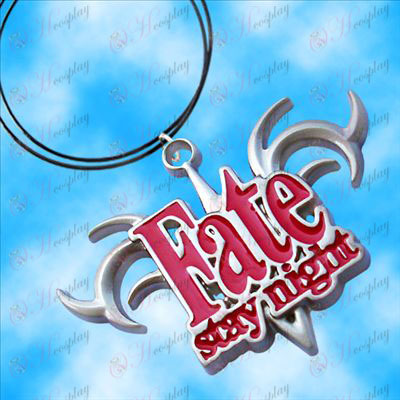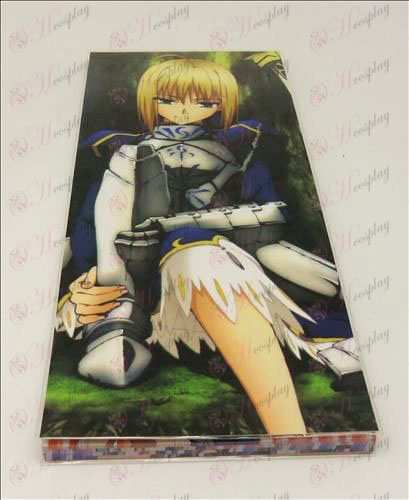It has also been suggested that the wearing of Halloween costumes developed from the custom of souling, which was practised by Christians in parts of Western Europe from at least the 15th century. At Allhallowtide, groups of poor people would go door-to-door, collecting soul cakes – either as representatives of the dead, or in return for saying prayers for them. One 19th century English writer said it "used to consist of parties of children, dressed up in fantastic costume, who went round to the farm houses and cottages, signing a song, and begging for cakes (spoken of as "Soal-cakes"), apples, money, or anything that the goodwives would give them".The soulers typically asked for "mercy on all Christian souls for a soul cake".The practice was mentioned by Shakespeare his play The Two Gentlemen of Verona (1593) Cosplay Shop
. Christian minister Prince Sorie Conteh wrote on the wearing of costumes: "It was traditionally believed that the souls of the departed wandered the earth until All Saints' Day, and All Hallows' Eve provided one last chance for the dead to gain vengeance on their enemies before moving to the next world. In order to avoid being recognised by any soul that might be seeking such vengeance, people would don masks or costumes to disguise their identities".In the Middle Ages, statues and relics of martyred saints were paraded through the streets at Allhallowtide. Some churches who could not afford these things had people dress as saints instead. Some believers continue the practice of dressing as saints, biblical figures, and reformers in Halloween celebrations today. Many Christians in continental Europe, especially in France, believed that on Halloween "the dead of the churchyards rose for one wild, hideous carnival," known as the danse macabre, which has often been depicted in church decoration. An article published by Christianity Today claimed the danse macabre was enacted at village pageants and at court masques, with people "dressing up as corpses from various strata of society", and suggested this was the origin of Halloween costume parties.
The custom of guising at Halloween in North America is first recorded in 1911, where a newspaper in Kingston, Ontario reported children going "guising" around the neighborhood. In 19th century America, Halloween was often celebrated with costume parades and "licentious revelries".However, efforts were made to "domesticate" the festival to conform with Victorian era morality. Halloween was made into a private rather than public holiday, celebrations involving liquor and sensuality de-emphasized, and only children were expected to celebrate the festival. Early Halloween costumes emphasized the gothic nature of Halloween, and were aimed primarily at children. Costumes were also made at home, or using items (such as make-up) which could be purchased and utilized to create a costume Kingdom Hearts Costumes
. But in the 1930s, A.S. Fishbach, Ben Cooper, Inc., and other firms began mass-producing Halloween costumes for sale in stores as trick-or-treating became popular in North America. Halloween costumes are often designed to imitate supernatural and scary beings. Costumes are traditionally those of monsters such as vampires, werewolves, zombies, ghosts, skeletons, witches, goblins, trolls, devils, etc. or in more recent years such science fiction-inspired characters as aliens and superheroes League of Legends Costumes
. There are also costumes of pop culture figures like presidents, athletes, celebrities, or characters in film, television, literature, etc. Another popular trend is for women (and in some cases, men) to use Halloween as an excuse to wear sexy or revealing costumes, showing off more skin than would be socially acceptable otherwise. Young girls also often dress as entirely non-scary characters at Halloween, including princesses, fairies, angels, cute animals and flowers.












